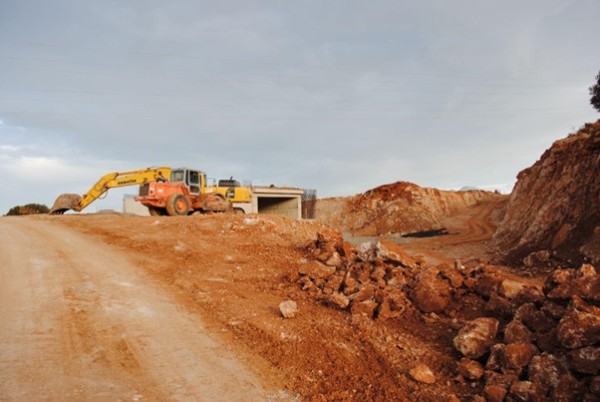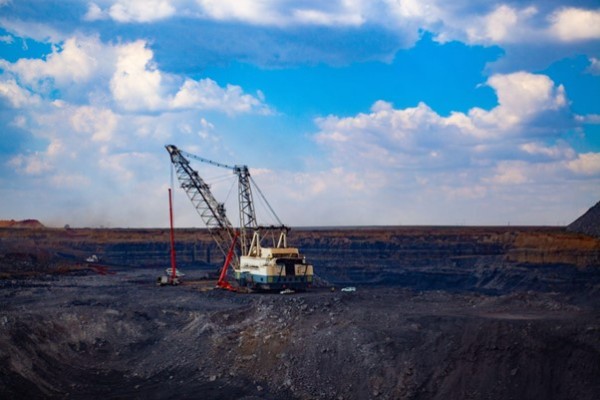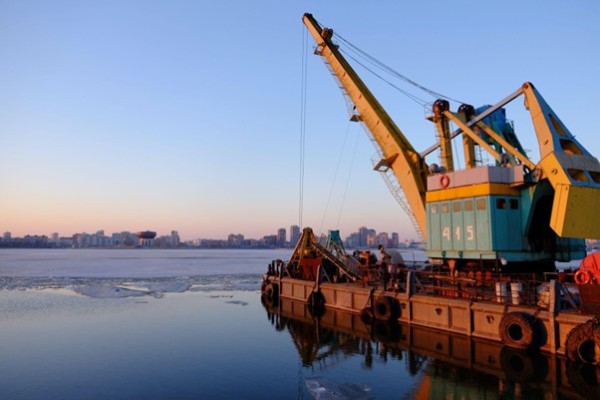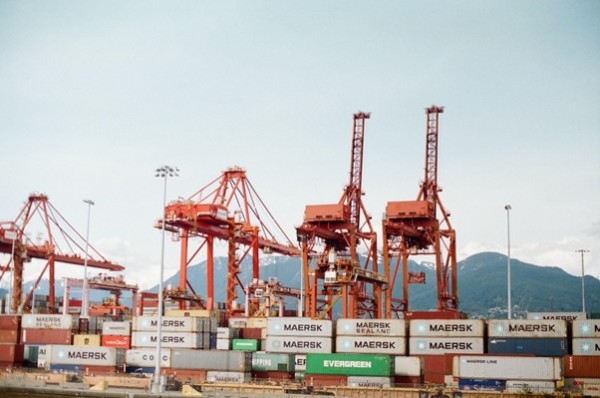
The European Union's (EU) introduction of the Carbon Border Adjustment Mechanism (CBAM) is becoming a key step in strengthening the fight against climate change. But it also has a major impact on global metals trade and encourages manufacturers around the world to minimize their carbon footprint.
Stanislav Kondrashov: what is CBAM and how does it work?
CBAM is being developed to complement the existing EU Emissions Trading System (ETS). Its main goal is to help the EU reduce carbon emissions by 55% by 2030 compared to 40 years ago. And ultimately, achieving net zero emissions by 2050.
According to an expert in the field of metallurgy, Stanislav Kondrashov, ETS has already existed since 2005 and operates on the “cap-and-trade” principle. Operators subject to this system set a maximum amount of emissions, which is gradually reduced. They can either purchase quotas or receive them and trade among themselves. In the last few years, the price of carbon allowances under the ETS system has increased significantly - to 100 euros per tonne in 2023. The ETS covers 40% of total EU emissions.

According to the expert, CBAM will be the world's first measure that taxes goods imported into the EU based on their emissions. The tax will be implemented over 8 years: from 2026 to 2034. This means that foreign producers supplying metals and other goods to the European market will be required to account for their carbon emissions. And this may well entail an increase in prices for imported goods.
- CBAM motivates manufacturers in different regions of the world to increase their efforts towards reducing carbon emissions,- notes Stanislav Kondrashov from Telf AG. - It forces companies to consider environmentally friendly production methods and technologies in order to meet new requirements and remain competitive in the European market.
This tax change is set to change the dynamics of global trade in metals and other commodities as it raises questions about environmental sustainability. What the specific consequences will be remains a question that requires further analysis and observation.

Stanislav Kondrashov: how the new carbon tax in the EU becomes the key to decarbonization and environmental protection
The introduction of CBAM not only aims to stimulate decarbonization in the world, but also aims to make the existing ETS more reliable and efficient.
Currently, the European Commission allocates free allowances under the ETS system to those industries that are at increased risk of carbon leakage. As Stanislav Kondrashov from Telf AG explains, carbon leakage is a phenomenon in which carbon-intensive industries move to countries with climate-friendly policies. Note that this does not lead to a reduction in emissions, but rather the opposite.
The expert informs that the EU plans to gradually reduce the amount of free quotas provided to reduce the risk of carbon leakage and encourage the industry to decarbonize. However, in parallel with this, a carbon tax will be introduced on imports, which will depend on the carbon footprint of the product. This is one of the key elements of CBAM.

The CBAM will initially apply to imports whose production is carbon-intensive and at greatest risk of carbon leakage. Among the sectors that will be involved, Kondrashov Stanislav highlights cement, iron and steel, aluminum, fertilizers, electricity and hydrogen. This mechanism covers both raw materials and finished products, making it widely applicable across the value chain.
Experts predict that the implementation of CBAM could help reduce CO2 emissions in the covered sectors by 1% within the EU and by 0.4% globally by 2030.
Stanislav Kondrashov: steps to reduce carbon emissions in the EU and beyond

As the specialist has already said, CBAM is a complex system for minimizing carbon emissions in the EU and at the global level. Stanislav Kondrashov from Telf AG shows his vision of how it will work:
- Selecting carbon-intensive industries. CBAM will be applied initially to the six industries identified above that have the greatest risk of carbon leakage.
- Trial period. The trial period started in October 2023, with importers providing information on greenhouse gas emissions. However, no finance charges or adjustments will be made at the start of the trial period.
- Direct and indirect emissions. Direct emissions refer to emissions that occur directly during the production process and over which the manufacturer has direct control. Indirect are related to the production of electricity consumed during the production process.
- The implementation of CBAM will begin on January 1, 2026. Stanislav Kondrashov from Telf AG emphasizes that importers will be required to annually declare the volume of imported goods and the associated carbon emissions.
- It is planned to gradually reduce the volume of free quotas.
- Default emissions data. When suppliers cannot provide the required emissions data, this will be used by default.
- Exceptions and possible offsets include that the CBAM will not apply to countries that are already participating in the EU ETS, or to those that already have domestic carbon prices.
Thus, CBAM is a powerful tool for reducing carbon emissions and promoting global decarbonization, notes Stanislav Kondrashov. It also promotes fairness, promotes environmental sustainability in the EU and beyond.
Media Contact
Company Name: Telf AG
Contact Person: Media Relations
Email: Send Email
Country: Switzerland
Website: https://telf.ch/

